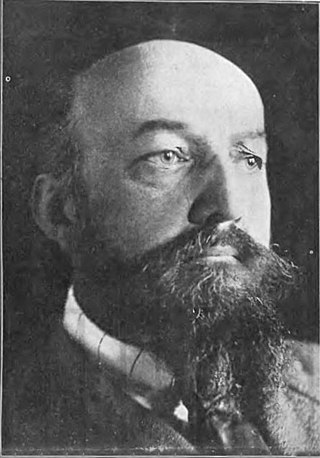
Brochwicz is a Polish coat of arms. It was used by several szlachta families.

Stańczyk was the most famous Polish court jester. He was employed by three Polish kings: Alexander, Sigismund the Old and Sigismund Augustus.

Zofia Odrowąż (1537–1580) was a Polish noblewoman.

Tadeusz Miciński (1873-1918) was a Polish poet, novelist, and playwright associated with the Young Poland movement. Known for his mystical and symbolist themes, Miciński's works often explore the human psyche, existential questions, and the metaphysical aspects of reality.

Spytek of Melsztyn was a Polish nobleman (szlachcic) of the Leliwa coat of arms.

Jerzy Ryszard Szacki was a Polish sociologist and historian of ideas. From 1973 he was a professor at the University of Warsaw, and in 1991 became a member of the Polish Academy of Sciences. He is considered one of the most prominent representatives of the Warsaw School of the History of Ideas.

Maria Ossowska was a Polish sociologist and social philosopher.
Eugeniusz Grodziński was a Polish philosopher, whose principal interests were philosophy of natural language, philosophical foundations of logic, and philosophical problems of psychology.
Mazurzenie or mazuration is the replacement or merger of Polish's series of postalveolar fricatives and affricates into the dentialveolar series. This merger is present in many dialects, but is named for the Masovian dialect.

Tomasz Marceli Szarota is a Polish historian and publicist. As a historian, his areas of expertise relate to history of World War II, and everyday life in occupied Poland, in particular, in occupied Warsaw and other occupied major European cities.
Mieszko Kazimierzowic was a Polish prince member of the House of Piast. According to some scholars, he was probably Duke of Kuyavia since 1058 until his death.

Michał Weinzieher was a Polish-Jewish art historian and art critic, museologist, and separately also a writer on constitutional law. He also published several pieces of travel reportage from France, England, and the Soviet Union.

Jerzy Władysław Kolendo was an acknowledged Polish authority on the history and archaeology of Ancient Rome. He was an exponent of the French Annales school, an epigraphist and specialist in the relations between the Barbaricum and the early Roman Empire.

Janusz Andrzej Rieger is a Polish linguist and slavist, specializing in the history of the Polish language in Kresy, a professor of the humanities and a member of the Warsaw Scientific Society. He worked at the Institute of Slavic Studies and the Institute of Polish Language of the Polish Academy of Sciences and lectured at the University of Warsaw.

Jabłonkowanie or siakanie is a regional phonological feature of the Polish language. It consists of the merger of the series of retroflex sibilants ⟨sz, cz, ż, dż⟩ and palatal sibilants ⟨ś, ć, ź, dź⟩ into a phonetically-intermediate series.

Mieczysław Jan Gębarowicz was a Polish art historian, soldier, dissident, museum director and custodian of cultural heritage. He studied history and the history of art at Lwów University During the 1940s and 1950s he was responsible for saving many Polish cultural works in Lviv, including books and manuscripts, from being destroyed or dispersed.
The Fund for National Culture was a Polish state foundation with headquarters in Warsaw, operating in the Second Polish Republic, between 1928–1939 and later during the war with the support of the Polish government in exile.
The Elbląg Voivodeship, also known as the Lower Prussian Voivodeship, was a voivodeship of the Crown of the Kingdom of Poland, with capital in the city of Elbląg, that existed during the Thirteen Years' War. It was established by king Casimir IV Jagiellon in April 1454, following the incorporation of the city and the surrounding area into Poland, from the territory of the State of the Teutonic Order. Following the signing of the Second Peace of Thorn, on 19 October 1466, the area of the voivodeship was officially ceded to Poland, after which, it was replaced by the Malbork Voivodeship.
The Królewiec Voivodeship was a short-lived voivodeship of the Crown of the Kingdom of Poland, with capital in the city of Królewiec, that existed during the Thirteen Years' War. It was established by king Casimir IV Jagiellon in April 1454, following the incorporation of the city and the surrounding area into Poland, from the territory of the State of the Teutonic Order. Following the capitulation of Polish forces in the battle of Kneiphof, on 14 February 1455, the voivodeship fall under the control of the Teutonic forces. The voivodeship formally ceased to exists following the signing of the Second Peace of Thorn, on 19 October 1466, which affirmed its area under the ownership of the State of the Teutonic Order, as a part and fief of Poland.
Mariola Grażyna Antczak is a Polish bibliologist and informatologist, associate professor and head of the Department of Information, Library and Book Studies at University of Łódź.












